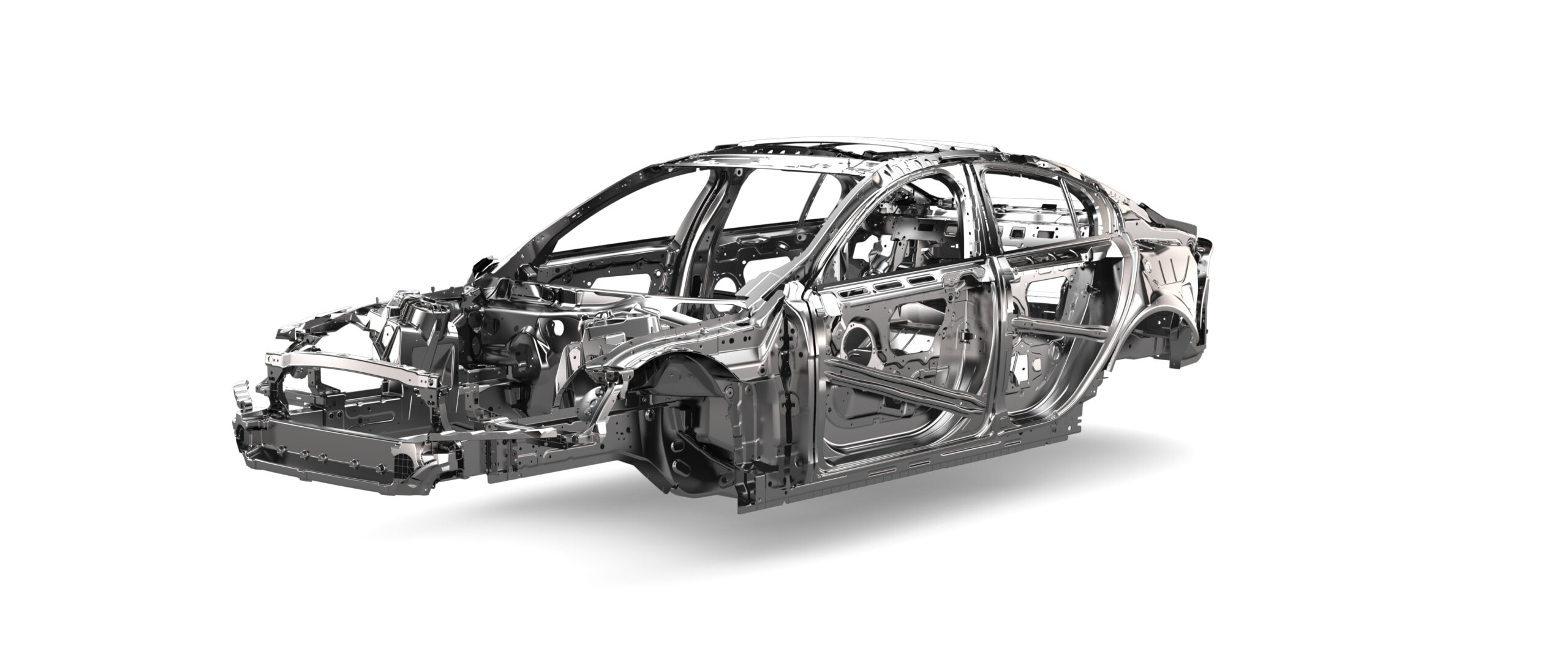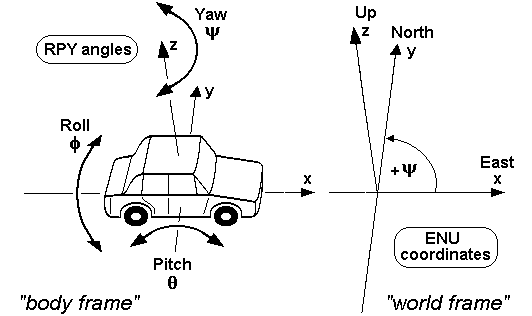
BODY IN WHITE - BIW
The term “Body in White” (BIW) refers to the stage in automotive manufacturing where the car body’s sheet metal components are assembled before the addition of moving parts and other components. During this stage, techniques such as welding, riveting, or bolting are used to join the body panels together. The BIW represents the structural and outer shell of the vehicle before it receives its final paint job and other finishing touches. Subsequent stages involve adding moving parts like doors, hood, trunk lid, front fenders, as well as various components such as the chassis, engine, and trim elements like windshields, seats, upholstery, and electronics.

X = Longitudinal Direction (For & After) : F/A
Y = Transverse Direction (Center O line): C/C
Z= Vertical Direction(Up & Down): U/D
Front center of a vehicle is defined as the origin of the car body, which is indicated as 0,0,0

BIW includes following parts :
UNDER BODY :
The underbody is a crucial component of the BIW, providing structural support and housing various important elements. As we mentioned, it typically includes sub-assemblies such as the engine room, rear floor, and chassis. Let’s briefly break down these components:
Engine Room: This is the area of the underbody where the engine is located. It includes the structure and mounting points for the engine, as well as components like the engine cradle and mounts.
Rear Floor: The rear floor is the section of the underbody located at the back of the vehicle. It provides support for the rear suspension components and contributes to the overall structural integrity of the vehicle.
Chassis: The chassis is the framework of the vehicle, consisting of the structural elements that support and connect various vehicle components. It plays a crucial role in determining the vehicle’s overall strength, durability, and handling characteristics.
Proper design and manufacturing of the underbody are essential for ensuring the vehicle’s safety, performance, and overall structural integrity. Additionally, advancements in materials and manufacturing processes contribute to making vehicles lighter, more fuel-efficient, and environmentally friendly.

UPPER BODY :
There are various components that make up the upper body of a vehicle. Each of these components plays a specific role in the overall structure and design of the car. Here’s a brief description of each:
Body Side L/R (Left/Right): These are the main panels on the sides of the vehicle, covering the space between the front and rear fenders. They contribute to the overall shape and aesthetics of the car.
Roof Panel: The roof panel is the topmost horizontal surface of the vehicle, covering the passenger compartment. It provides protection from the elements and contributes to the car’s structural integrity.
Cowl & Dash: The cowl is the area at the base of the windshield, while the dash refers to the dashboard inside the car. Together, they form the front interior area of the vehicle, housing various components like the steering column, instrument panel, and controls.
Front Fender: The front fender is the panel on each side of the vehicle that covers the area above the front wheels. It protects the wheel well and enhances the vehicle’s appearance.
Rear Fender: Similar to the front fender, the rear fender covers the area above the rear wheels. It contributes to the overall design and aerodynamics of the vehicle.
All Pillars: Pillars are vertical or nearly vertical supports that help define the structure of the car. Common pillars include the A-pillar (between the windshield and front side window), B-pillar (between front and rear side windows), and C-pillar (between the rear side window and rear windshield).
These components collectively form the upper body of a vehicle, providing structural support, safety features, and contributing to the overall design and functionality of the car.

MAIN BODY :
The main body consists of two parts: the Under Body and the Upper Body. The Under Body likely refers to the lower portion or chassis, while the Upper Body could include the framework, cabin, or other upper components.

CLOSURES :
In the automotive industry, doors, bonnets (hoods), and deck lids are commonly referred to as closures. The term “closure” is used to describe the movable parts of a vehicle that can be opened and closed to access various compartments, such as the passenger compartment, engine bay, and trunk. These closures play a crucial role in providing access to different areas of the vehicle and are essential for maintenance, repair, and everyday use.
